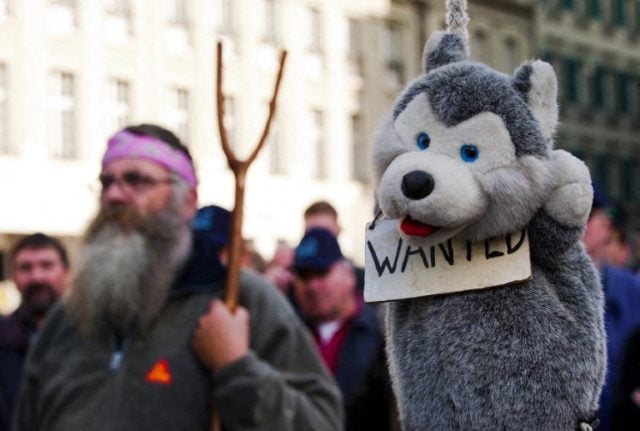The proposal, which was rejected on Wednesday by the senate, was put forward by the canton of Thurgau, home to some 500 beavers, said news agency ATS.
While the Swiss federal and cantonal authorities compensate land owners for damage to trees and crops by beavers, no financial help is given for damage to infrastructure like roads and drainage installations.
According to supporters of the motion, holes dug by beavers can causes the partial collapse of roads and riverbanks, while their dams can create flooding.
Given damage can run to over a million francs, Thurgau’s proposal was not excessive, said Christian Democrat Roland Eberle, reports ATS.
“The sympathy for this animal would only be strengthened,” he added.
However instead of offering compensation, preventative measures should be taken to reduce damage, said the senate.
Beavers were hunted to extinction around 200 years ago but were reintroduced to Switzerland in the late 1950s.
They have been a protected species in Switzerland since 1962.
According to the federal environment office (BAFU), there are currently around 2,800 beavers in Switzerland.
In isolated cases where beavers create significant damage to crops or endanger public infrastructures, the BAFU can work with cantons to capture or shoot the perpetrators, but such measures “should serve a long-term solution”, it said on its website.
NB: This story's image was updated on 10 March 2015.



 Please whitelist us to continue reading.
Please whitelist us to continue reading.
Member comments